Home>Furniture & Design>Bedroom Furniture>Why Is Memory Foam So Uncomfortable


Bedroom Furniture
Why Is Memory Foam So Uncomfortable
Published: January 11, 2024
Discover the truth about why memory foam can be uncomfortable. Explore the best bedroom furniture, design tips, and more. Improve your sleep today!
(Many of the links in this article redirect to a specific reviewed product. Your purchase of these products through affiliate links helps to generate commission for Storables.com, at no extra cost. Learn more)
**
Introduction
**
When it comes to creating a cozy and inviting bedroom, the choice of furniture plays a pivotal role. Among the array of options, memory foam mattresses and pillows have gained significant attention in recent years. While these products are often marketed as the epitome of comfort and support, many individuals have found themselves questioning the actual comfort level provided by memory foam. This article delves into the world of memory foam, exploring its characteristics, the discomfort it may cause, factors contributing to this discomfort, and alternative options for those seeking a restful night’s sleep. Whether you are a seasoned furniture enthusiast or someone embarking on their first bedroom makeover, understanding the nuances of memory foam and its potential drawbacks can help you make informed decisions when selecting the perfect bedroom furniture.
The allure of memory foam lies in its promise of conforming to the body's shape, providing a personalized and luxurious sleeping experience. However, the reality for many individuals differs from this promise, leading to discomfort and dissatisfaction. By shedding light on the reasons behind this discrepancy and presenting alternative options, this article aims to empower readers to make choices that align with their unique comfort preferences and sleep needs. So, let’s embark on a journey through the realm of bedroom furniture and design, unraveling the enigma of memory foam and discovering the pathways to a truly restful and rejuvenating slumber.
**
Key Takeaways:
- Memory foam may not always provide the promised comfort due to heat retention, off-gassing, and sinking sensations. Alternative options like innerspring, latex, and hybrid mattresses offer diverse choices for a restful sleep.
- Understanding the discomforts of memory foam empowers individuals to explore alternative options that cater to their specific comfort needs and desired sleep environment. From gel-infused memory foam to adjustable air beds, diverse choices exist for a personalized and restful sleep.
Read more: Why Are Memory Foam Mattresses So Hot
What is Memory Foam?
**
**Memory foam, also known as viscoelastic foam, is a type of polyurethane foam that is renowned for its unique ability to contour to the body’s shape and then return to its original form once the pressure is removed. This characteristic, often described as “viscoelastic,” distinguishes memory foam from traditional mattress materials, such as innerspring or latex. Originally developed by NASA in the 1960s to improve the safety and comfort of aircraft cushions, memory foam has since found its way into a wide array of consumer products, including mattresses, pillows, mattress toppers, and even footwear.
One of the defining features of memory foam is its responsiveness to body heat and pressure. When a person lies on a memory foam mattress or rests their head on a memory foam pillow, the material softens in response to their body heat, allowing it to mold to the contours of their body. This adaptive quality is often touted as a means of providing personalized support and relieving pressure points, which can be particularly beneficial for individuals with chronic pain or those seeking enhanced comfort during sleep.
Furthermore, memory foam is celebrated for its ability to absorb movement, making it an appealing choice for those who share a bed with a partner or pet. By minimizing the transfer of motion across the surface of the mattress, memory foam can reduce disturbances caused by nighttime movements, fostering a more uninterrupted and restful sleep environment.
While memory foam offers these compelling advantages, it is essential to acknowledge that not all individuals experience the promised comfort and support. In fact, some people find themselves grappling with discomfort and dissatisfaction when using memory foam products, prompting a deeper exploration into the factors contributing to this unexpected outcome.
**
The Discomfort of Memory Foam
**
While memory foam holds the promise of unparalleled comfort and support, the reality for many individuals can be quite different. The discomfort associated with memory foam often manifests in various forms, ranging from heat retention and sagging to a feeling of being trapped in the mattress. One of the primary complaints voiced by dissatisfied memory foam users is the tendency of the material to retain heat, leading to a sensation of excessive warmth during sleep. This can be particularly troublesome for individuals who naturally sleep hot or reside in warmer climates.
Additionally, memory foam has been known to exhibit a characteristic known as “off-gassing,” wherein it releases a chemical odor, often described as unpleasant or noxious, especially when new. This off-gassing phenomenon can be a source of discomfort and concern for individuals sensitive to odors or those striving to maintain a clean and fresh sleep environment.
Moreover, while memory foam is designed to contour to the body, some individuals find that it molds too closely, creating a sensation of sinking or being enveloped by the mattress. This feeling of being trapped in the mattress can lead to a lack of mobility during sleep, causing discomfort and restlessness.
Another common issue associated with memory foam is its tendency to develop body impressions and sag over time, potentially compromising the level of support and comfort it offers. As the material conforms to the body’s shape, it may struggle to fully rebound to its original form, resulting in indentations and unevenness across the mattress surface.
Understanding these discomforts is crucial for anyone considering the purchase of memory foam products, as it allows for a more informed evaluation of their suitability for individual sleep preferences and needs. By recognizing the potential drawbacks of memory foam, individuals can explore alternative options that address these concerns while still delivering the desired comfort and support.
Memory foam can feel uncomfortable if it’s too soft or too firm for your body. Look for a memory foam mattress or pillow with a medium level of firmness to provide better support and comfort.
Factors Contributing to Memory Foam Discomfort
Several factors contribute to the discomfort experienced by some individuals when using memory foam products. Understanding these elements can shed light on the nuanced relationship between memory foam and personal comfort preferences.
- Heat Retention: Memory foam’s dense structure and body-conforming nature can lead to heat retention, causing some individuals to feel excessively warm during sleep. This can be particularly challenging for those who naturally sleep hot or reside in warmer climates.
- Off-Gassing: The release of chemical odors, known as off-gassing, is a common occurrence with new memory foam products. The presence of these odors can be unsettling for individuals sensitive to smells and may impact the overall sleep experience.
- Sinking Sensation: While memory foam is designed to contour to the body, some users may find that it molds too closely, resulting in a feeling of sinking or being trapped in the mattress. This sensation can lead to discomfort and a lack of mobility during sleep.
- Body Impressions and Sagging: Over time, memory foam mattresses may develop body impressions and sag, compromising the level of support and comfort they provide. This can lead to unevenness across the mattress surface and a reduction in overall comfort.
- Density and Firmness: The density and firmness of memory foam can vary widely among different products. While some individuals may prefer a firmer feel, others may find higher-density memory foam to be too stiff and lacking in responsiveness, leading to discomfort and pressure points.
By recognizing these contributing factors, individuals can make informed decisions when selecting bedroom furniture, ensuring that their choices align with their unique comfort needs and preferences. Moreover, understanding these elements can guide the exploration of alternative options that address these concerns while still providing the desired level of comfort and support.
Alternatives to Memory Foam
For individuals seeking comfort and support without the potential discomforts associated with memory foam, several alternative options exist within the realm of bedroom furniture and design. These alternatives cater to diverse preferences and prioritize the creation of a restful and rejuvenating sleep environment.
- Innerspring Mattresses: Innerspring mattresses, characterized by their use of steel coils for support, offer a traditional and responsive sleep surface. With a wide range of firmness levels and supportive designs, innerspring mattresses can provide a breathable and buoyant alternative to memory foam, addressing concerns related to heat retention and sinking sensations.
- Latex Mattresses: Latex mattresses, crafted from natural or synthetic latex foam, are celebrated for their durability, resilience, and natural cooling properties. The responsive and supportive nature of latex can offer a buoyant and temperature-neutral sleep experience, making it an appealing choice for individuals seeking an alternative to memory foam.
- Hybrid Mattresses: Hybrid mattresses combine the benefits of innerspring and foam mattresses, featuring a blend of pocketed coils and layers of foam or latex. This hybrid construction aims to provide the best of both worlds, offering support, responsiveness, and enhanced breathability, making it a compelling option for those looking to avoid the potential discomforts of memory foam.
- Gel-Infused Memory Foam: Gel-infused memory foam mattresses and toppers incorporate cooling gel beads or layers within the foam to mitigate heat retention and promote a cooler sleep surface. This innovative approach aims to address one of the primary concerns associated with traditional memory foam, offering a potential solution for individuals who appreciate the contouring properties of memory foam but seek improved temperature regulation.
- Adjustable Air Beds: Adjustable air beds allow users to customize the firmness and support levels of the mattress by adjusting the air pressure within individual air chambers. This flexibility can cater to a wide range of comfort preferences and provide a personalized sleep experience, making it a versatile alternative to traditional memory foam mattresses.
By exploring these alternative options, individuals can discover bedroom furniture and mattress designs that align with their specific comfort needs and preferences. Whether prioritizing breathability, responsiveness, or temperature regulation, these alternatives offer a diverse array of choices to create a personalized and restful sleep environment.
Read more: Why Are Bar Stools So Uncomfortable
Conclusion
As the realm of bedroom furniture and design continues to evolve, the quest for comfort and support remains a cornerstone of the sleep experience. While memory foam has garnered widespread attention for its promise of personalized contouring and pressure relief, the discomfort associated with this material has prompted individuals to seek alternative options that better align with their unique comfort preferences.
By delving into the nuances of memory foam and its potential drawbacks, individuals can make informed decisions when selecting bedroom furniture, ensuring that their choices cater to their specific needs and desired sleep environment. Understanding the factors contributing to memory foam discomfort, such as heat retention, off-gassing, and sinking sensations, empowers individuals to explore alternative options that address these concerns while still delivering the desired level of comfort and support.
From innerspring and latex mattresses to hybrid designs, gel-infused memory foam, and adjustable air beds, the landscape of alternative sleep surfaces offers a diverse array of choices to create a personalized and restful sleep environment. Each option prioritizes different aspects of comfort, responsiveness, and temperature regulation, catering to a wide range of sleep preferences and needs.
Ultimately, the discomfort of memory foam has sparked a journey of exploration and innovation within the realm of bedroom furniture and design, inspiring the creation of alternative solutions that prioritize both comfort and support. By understanding the intricacies of different mattress materials and designs, individuals can embark on a path to discovering the perfect sleep surface that harmonizes with their unique preferences, ensuring a truly restful and rejuvenating slumber.
As the pursuit of comfort and support continues to unfold, the evolving landscape of bedroom furniture and design holds the promise of creating personalized and rejuvenating sleep environments, where individuals can find solace and relaxation, night after night.
Frequently Asked Questions about Why Is Memory Foam So Uncomfortable
Was this page helpful?
At Storables.com, we guarantee accurate and reliable information. Our content, validated by Expert Board Contributors, is crafted following stringent Editorial Policies. We're committed to providing you with well-researched, expert-backed insights for all your informational needs.
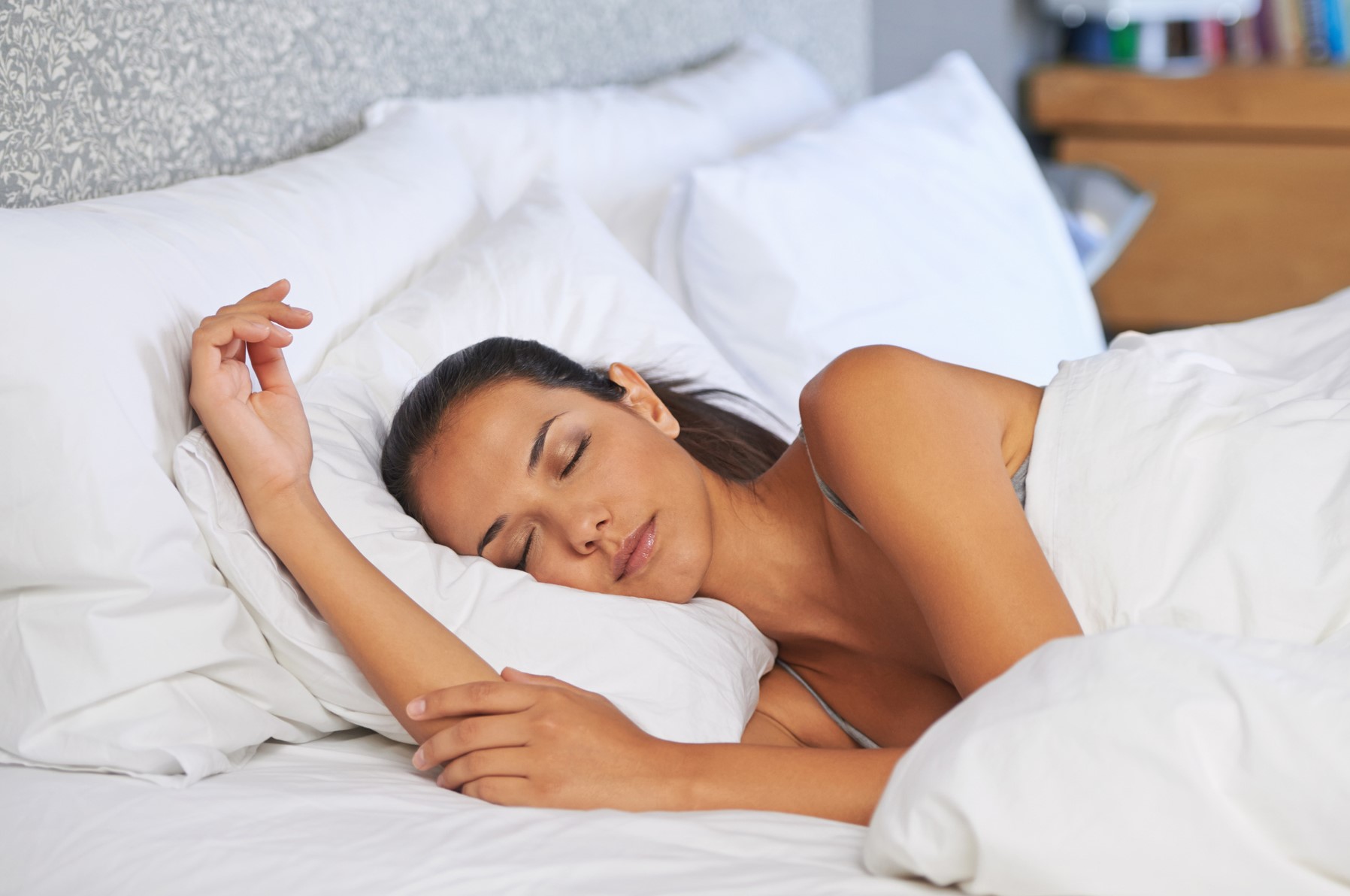
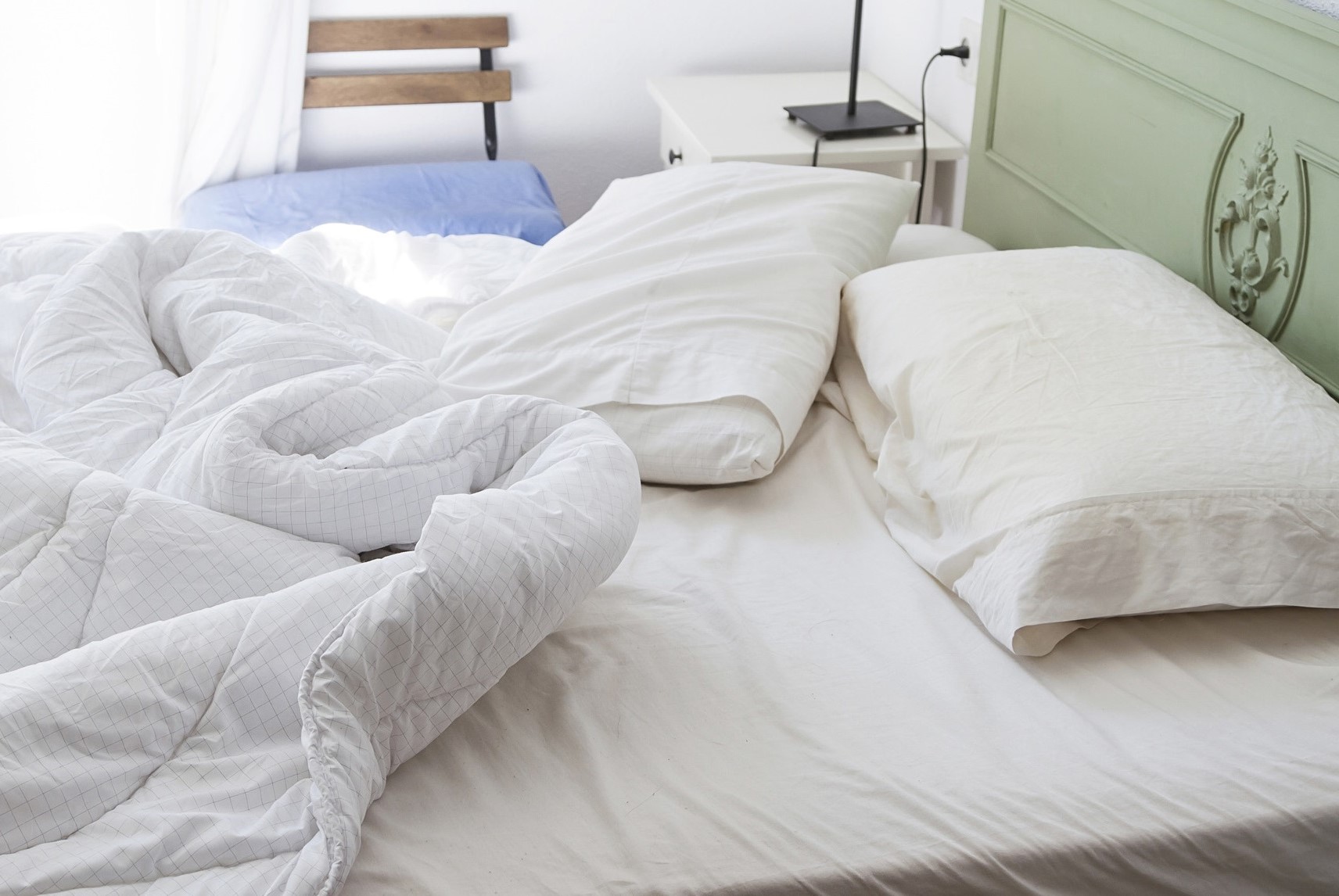
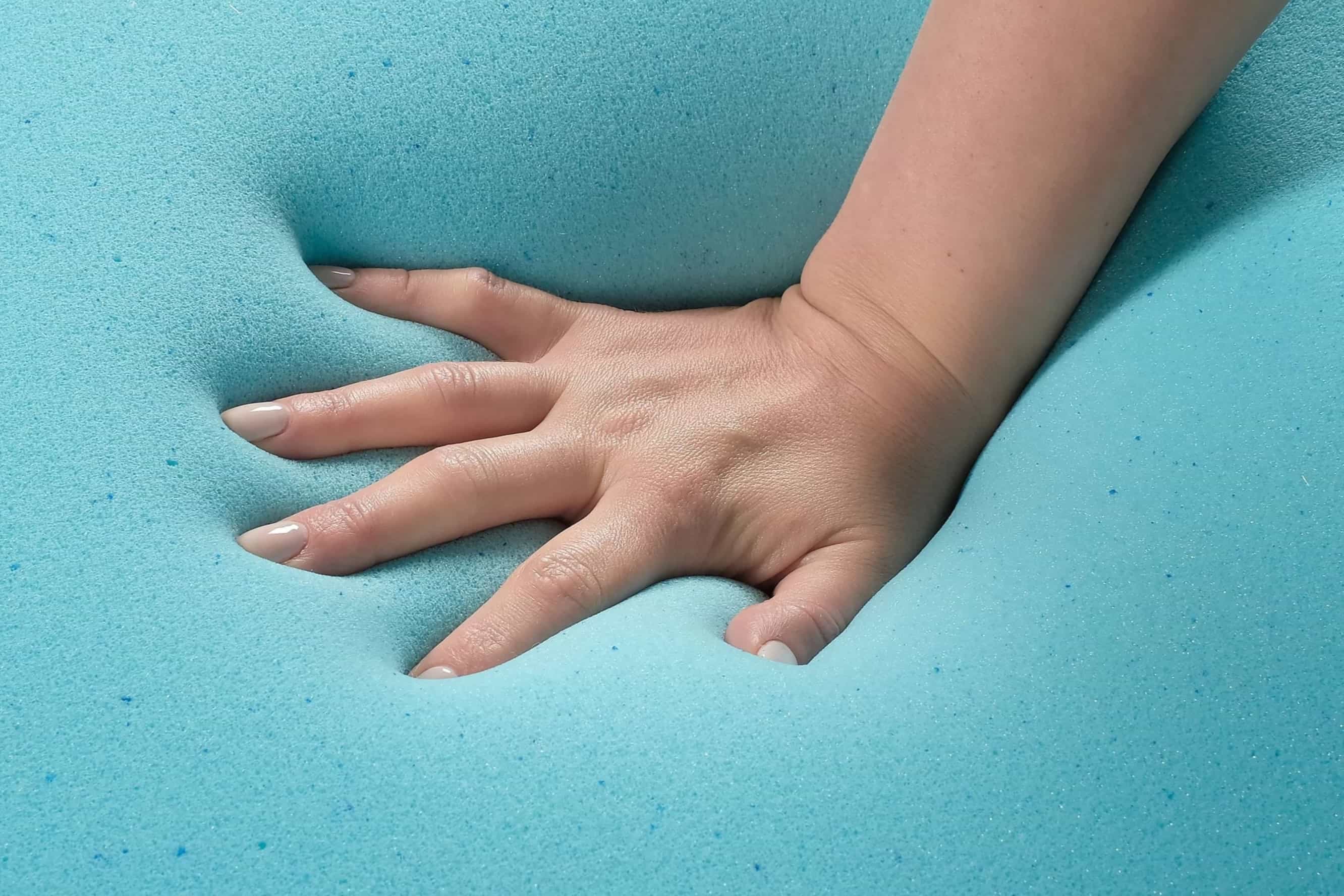
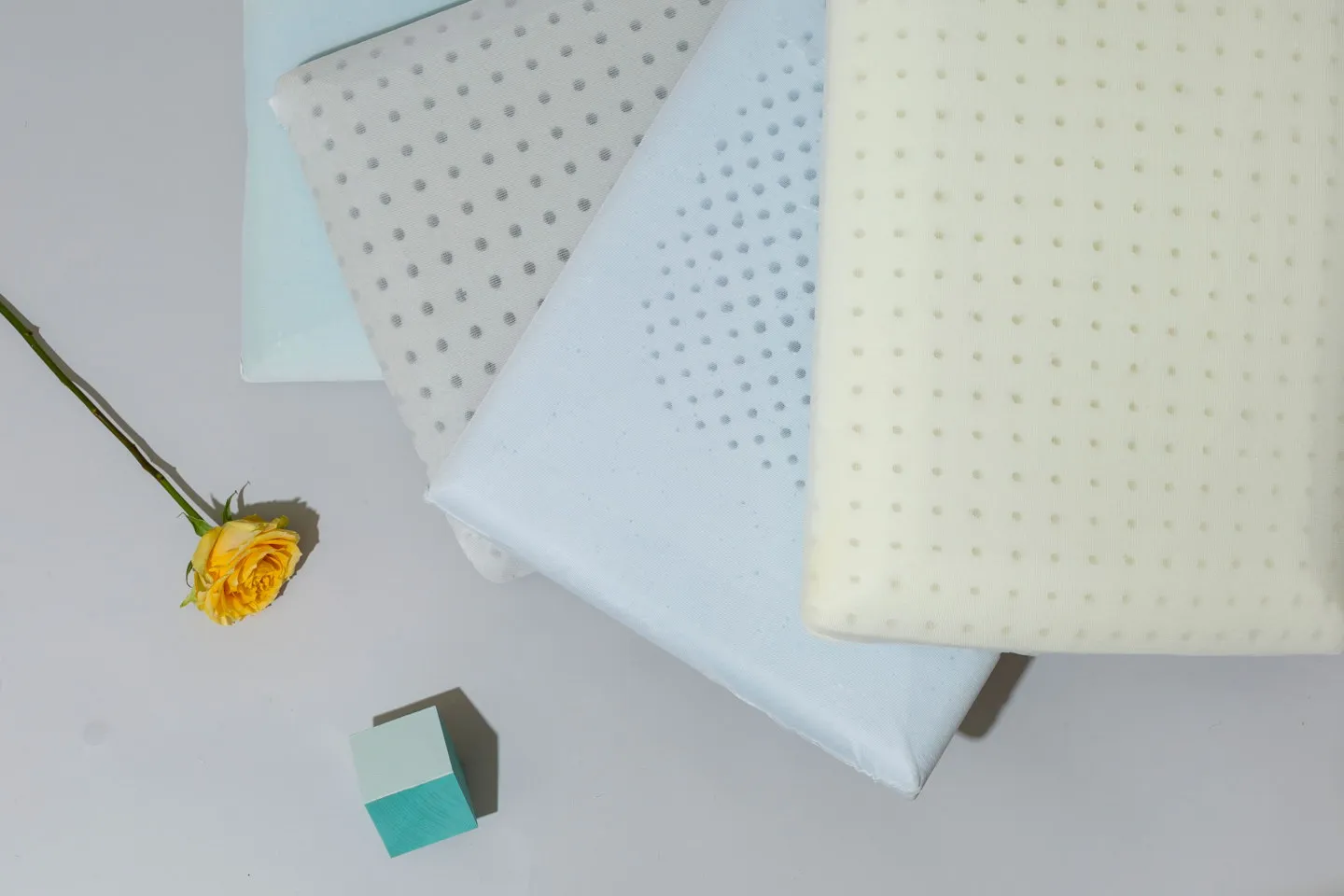

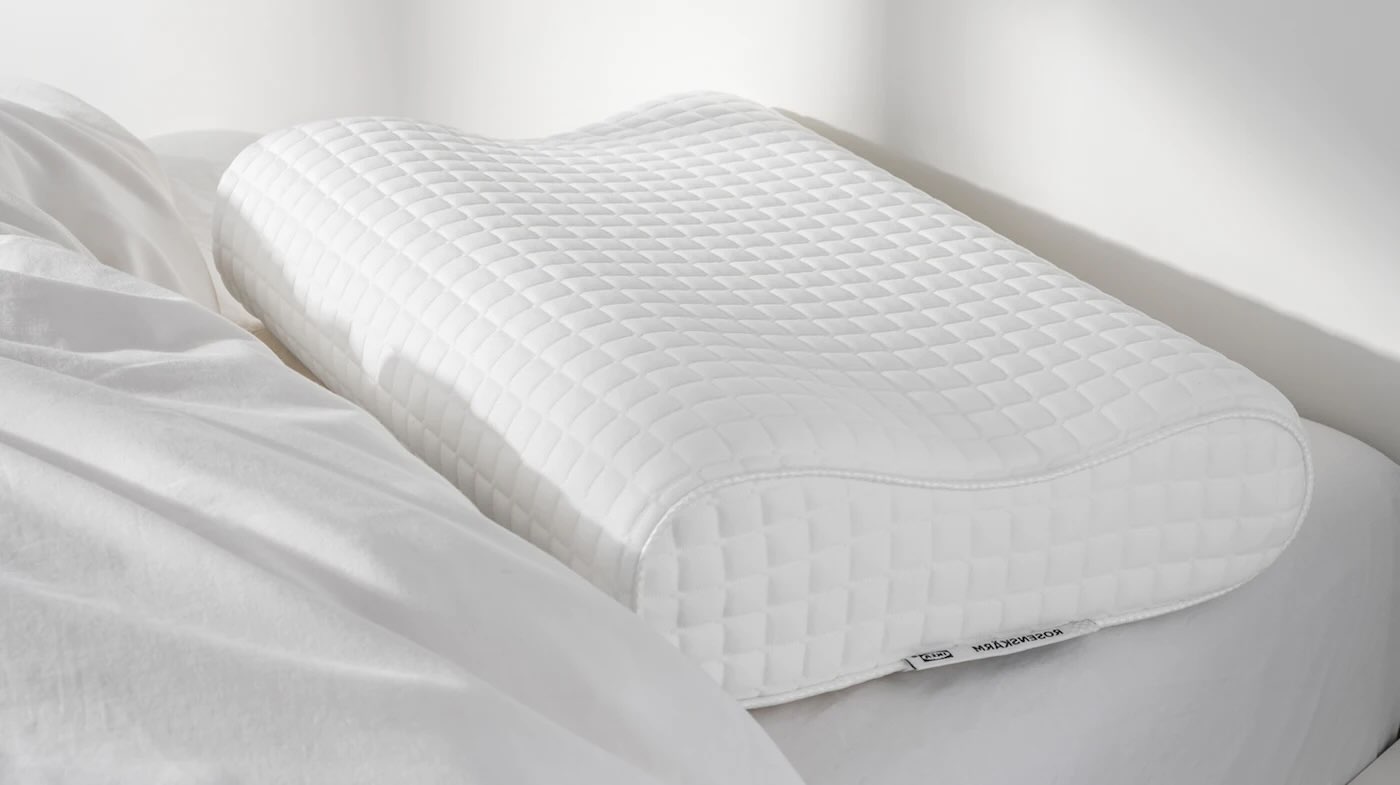
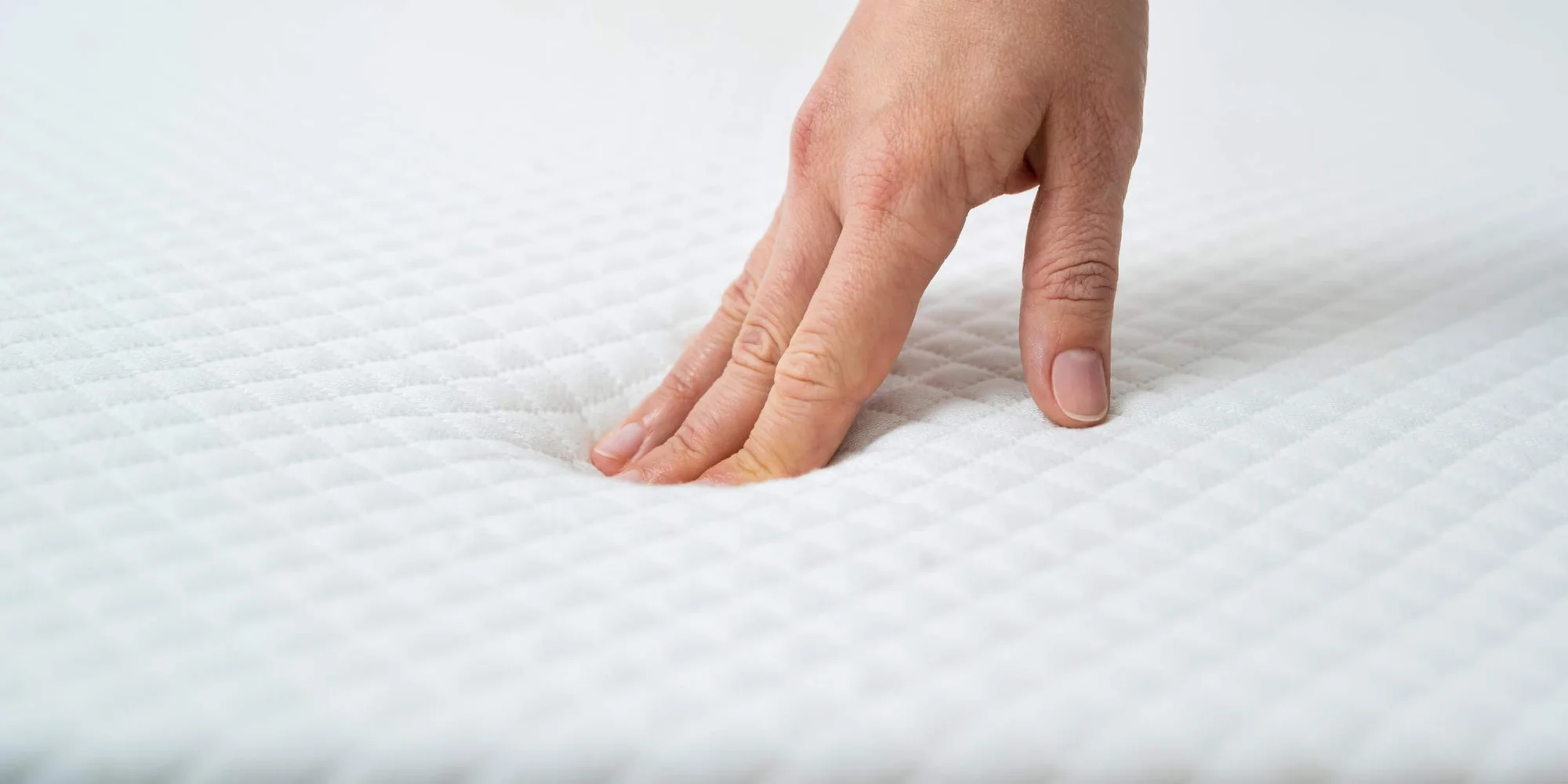
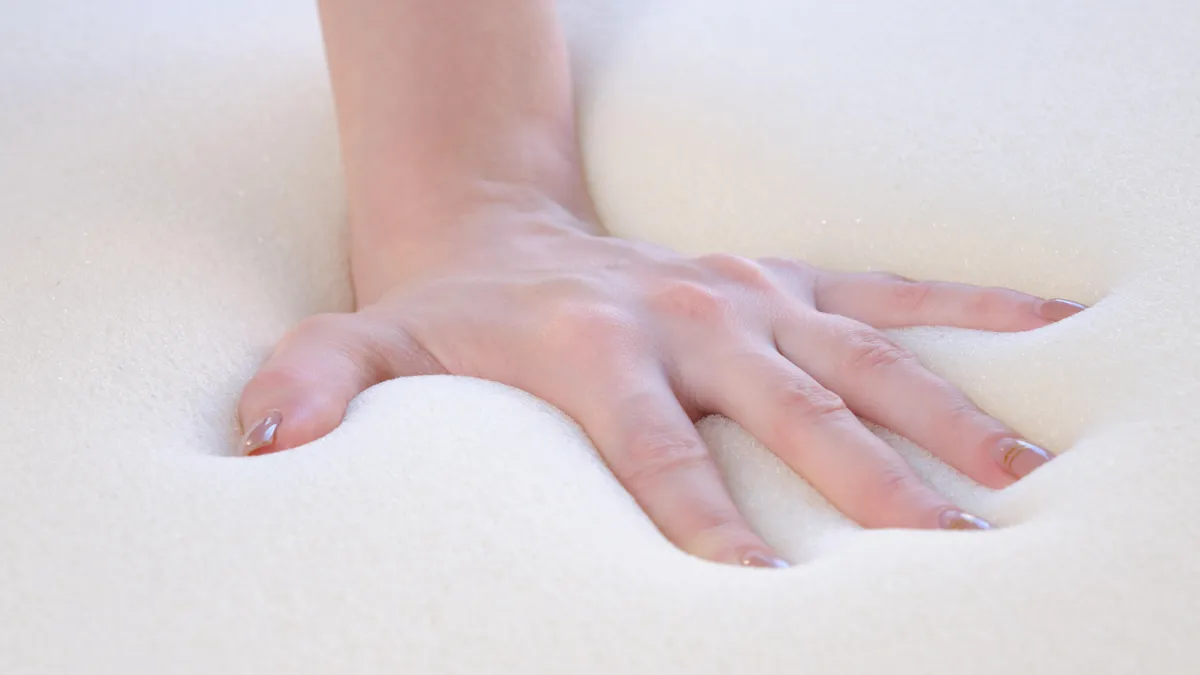
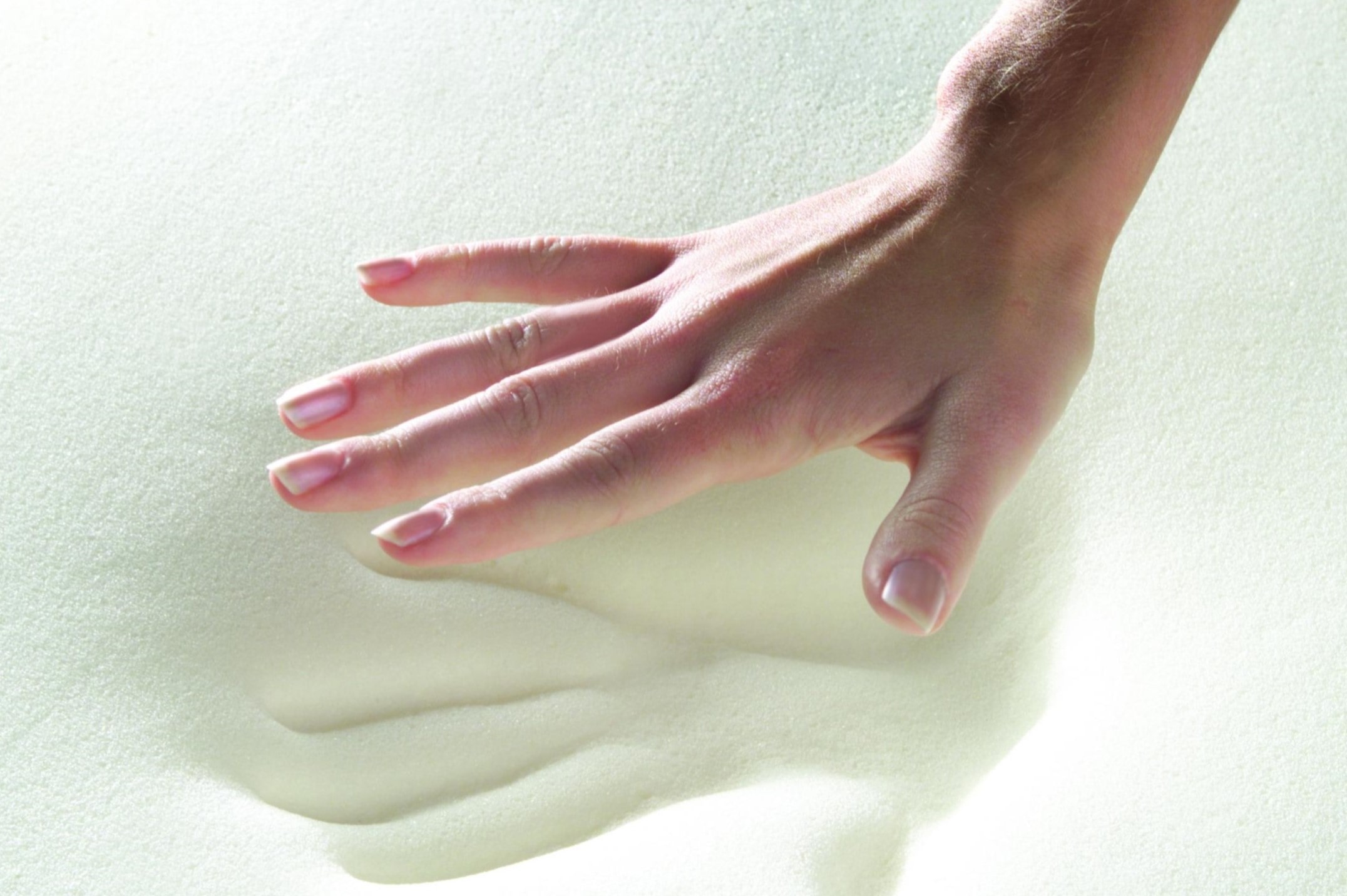

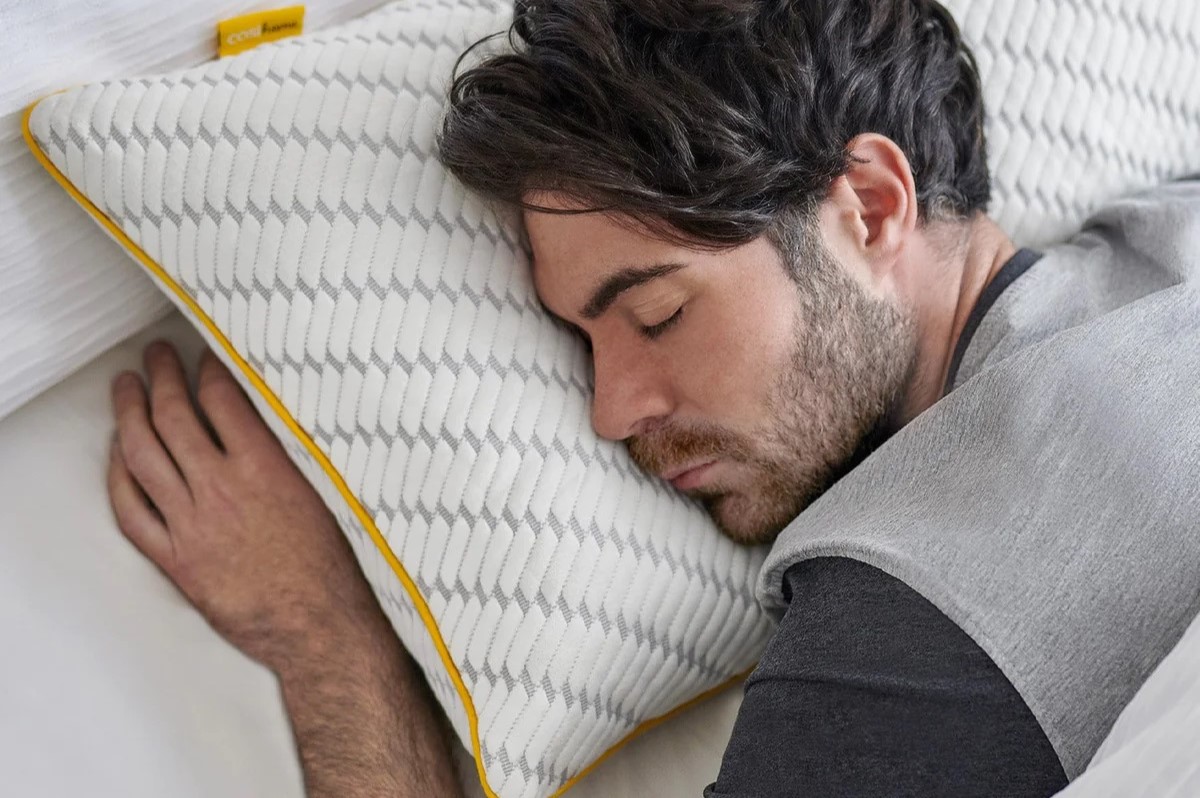
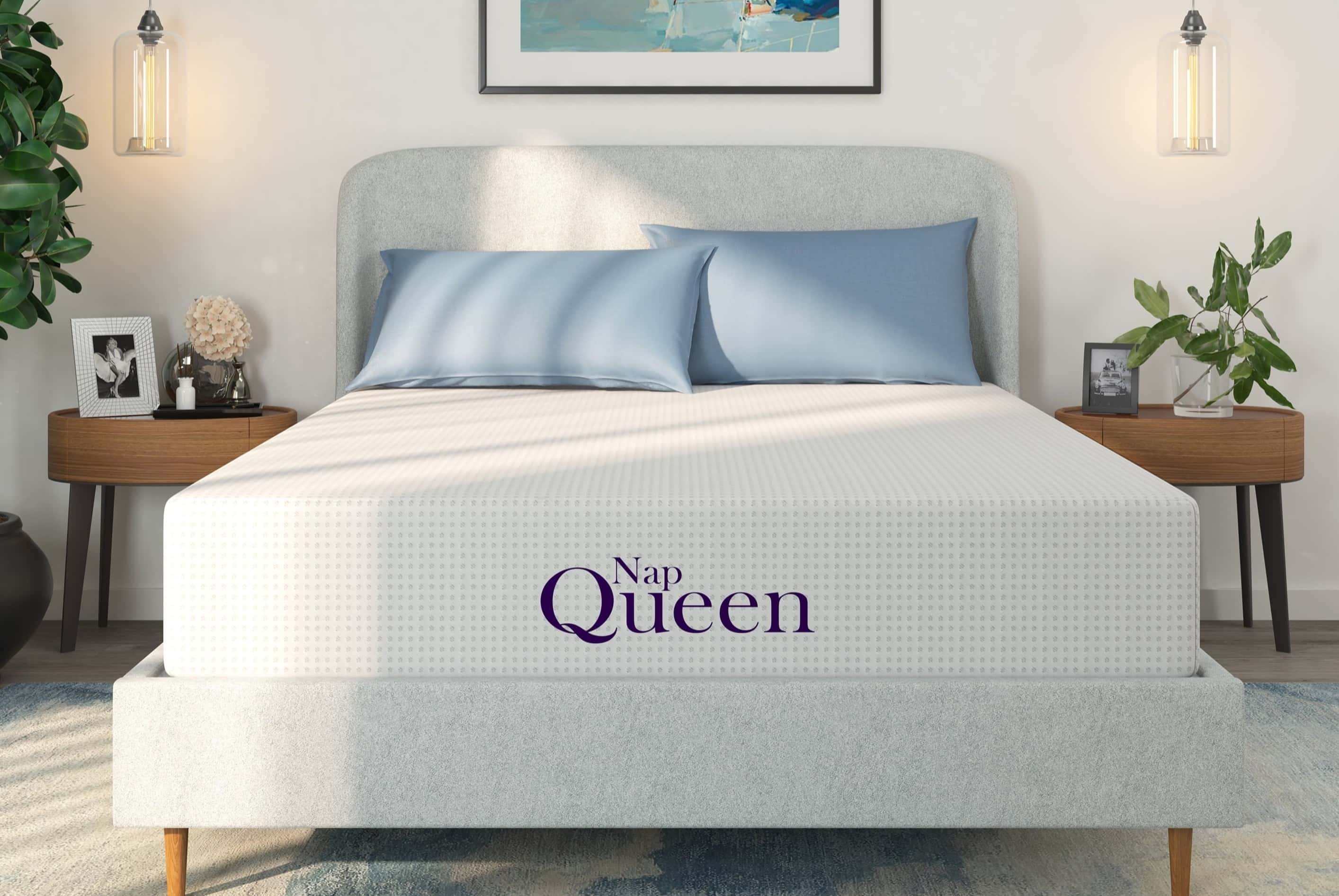
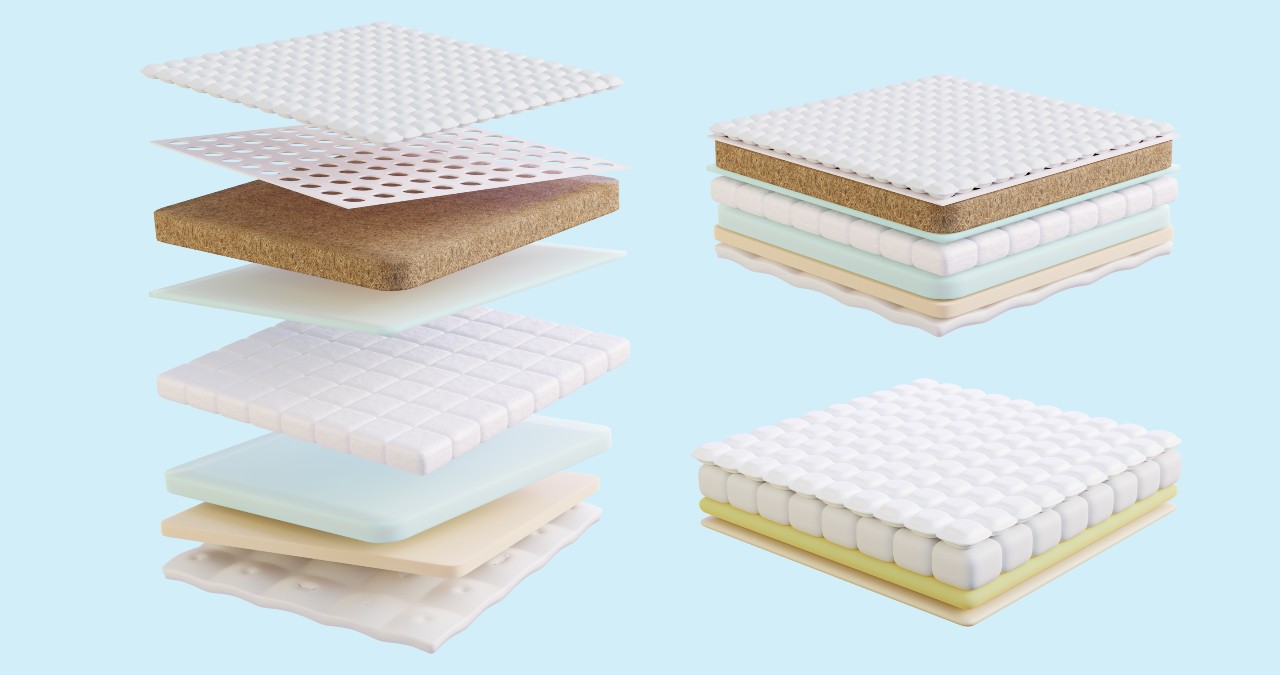
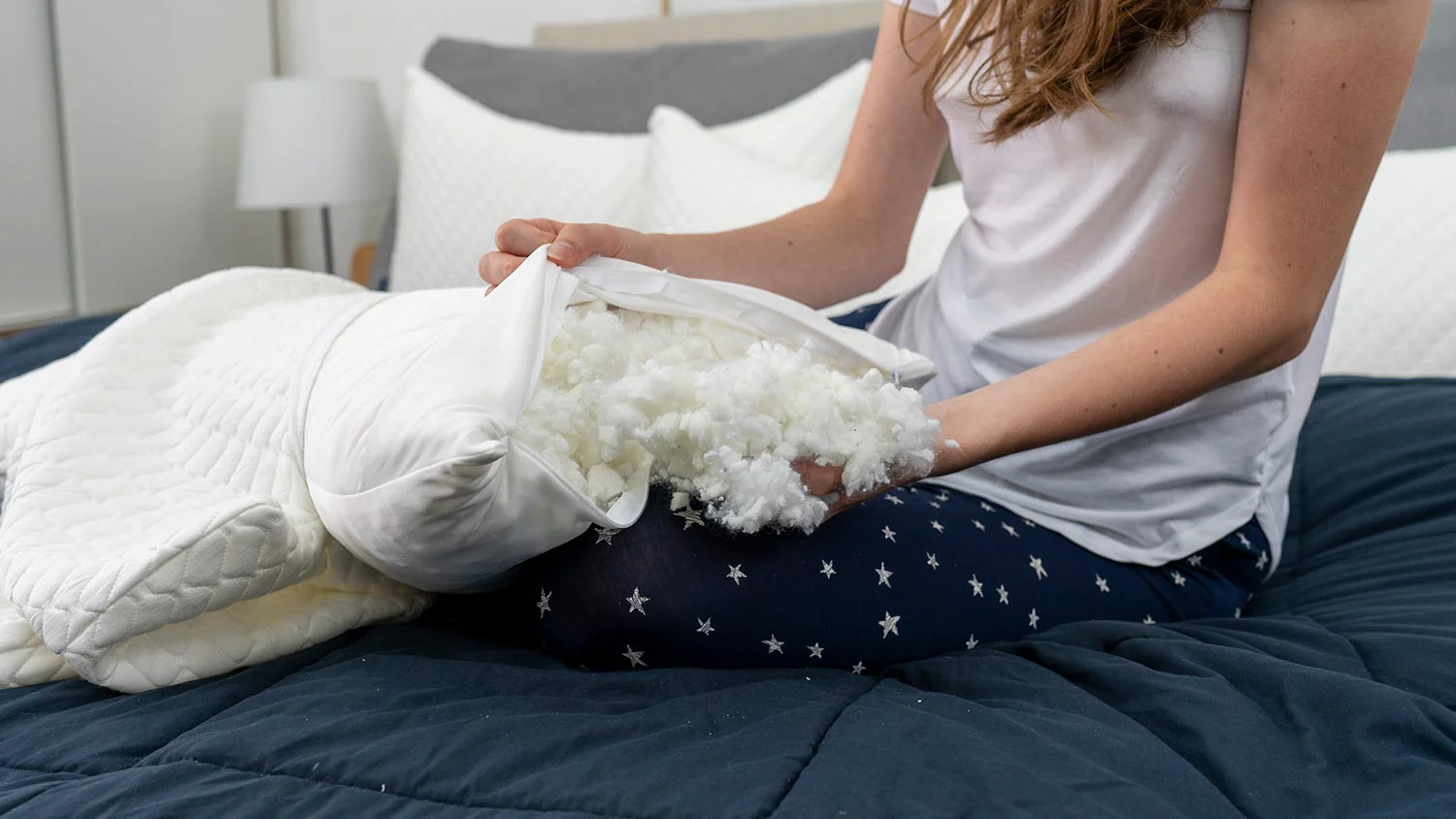

0 thoughts on “Why Is Memory Foam So Uncomfortable”